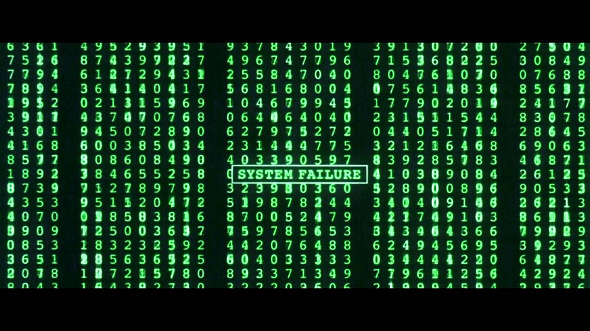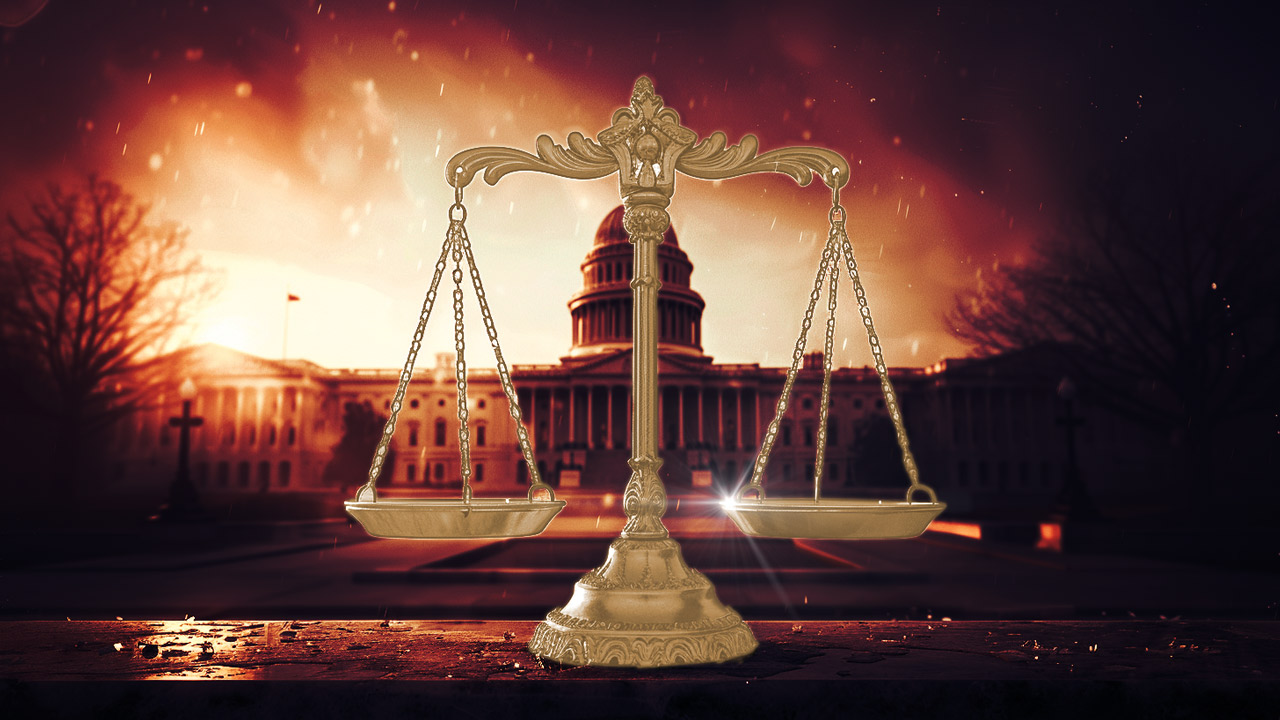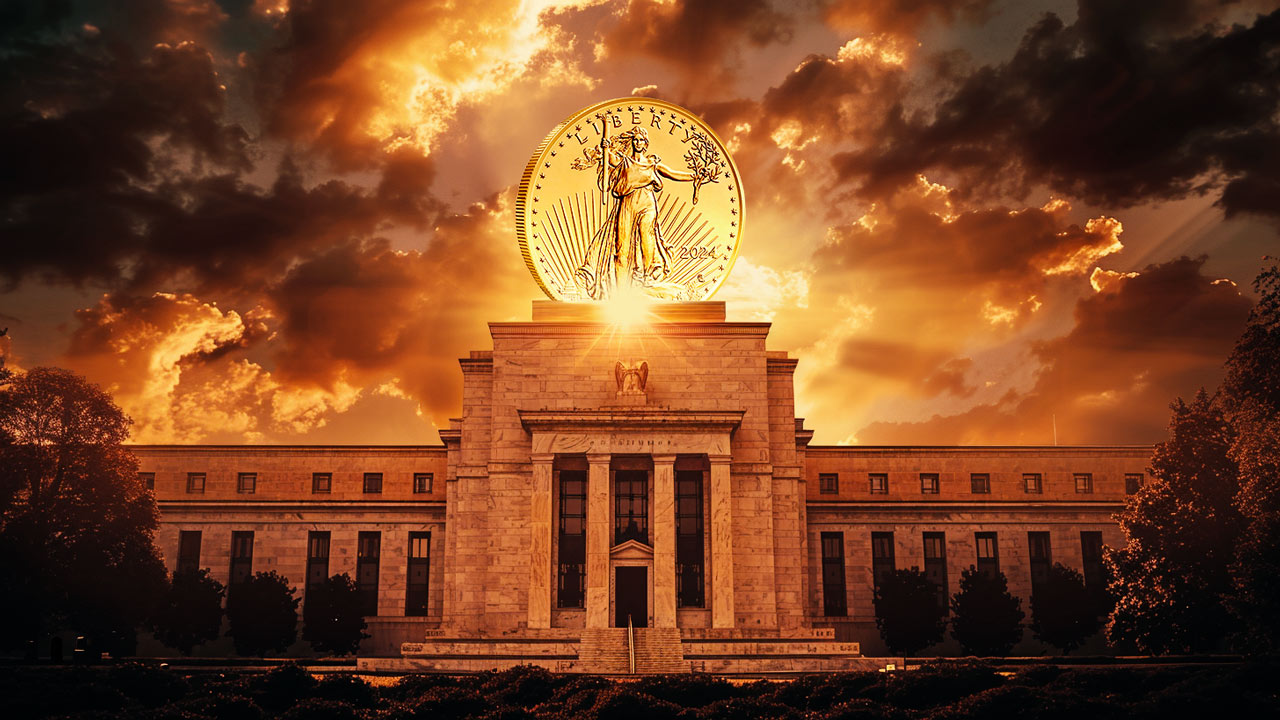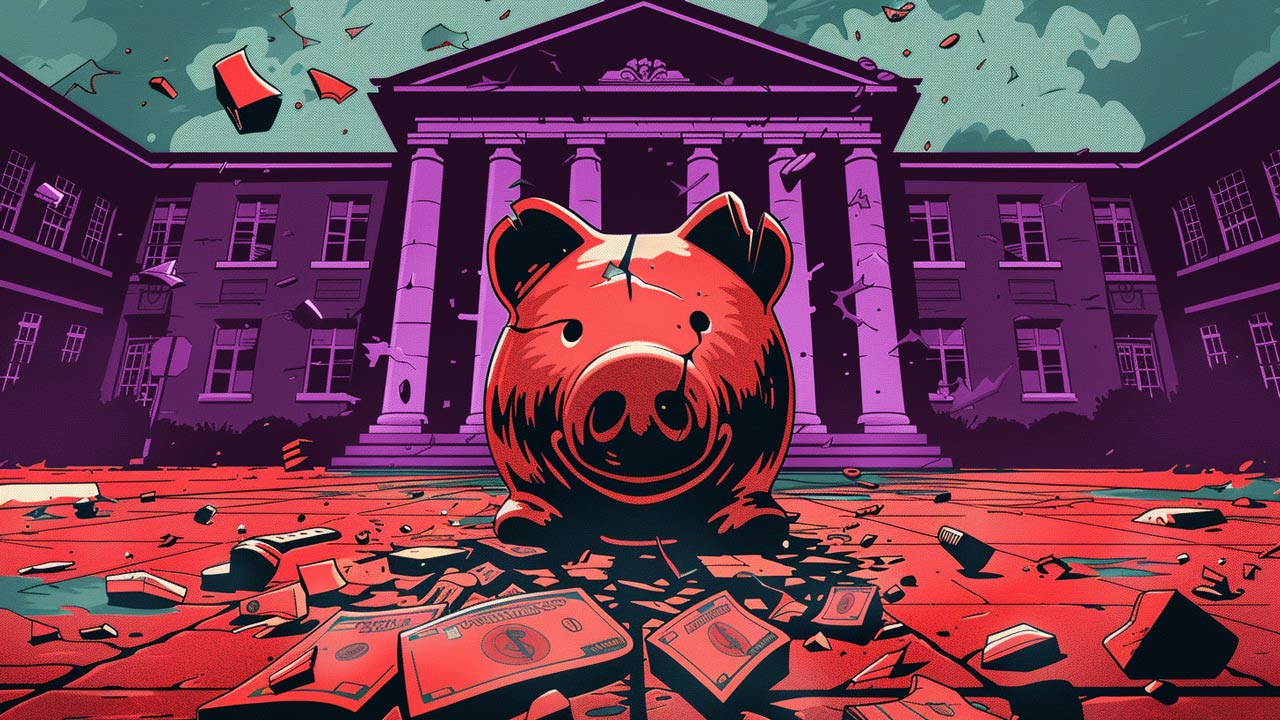Negative Interest Rates: Causes, Consequences and Ramifications
 This article was written by Dickson Buchanan, SchiffGold Precious Metals Specialist. Any views expressed are his own and do not necessarily reflect the views of Peter Schiff or SchiffGold.
This article was written by Dickson Buchanan, SchiffGold Precious Metals Specialist. Any views expressed are his own and do not necessarily reflect the views of Peter Schiff or SchiffGold.
Central Banks are under the mistaken belief that negative interest rates could be the magic kiss which turns their toad economics into Prince Charmings. Why exactly do they think this? What makes Draghi, Kuroda, and others think imposing negative interest rates will stimulate credit and lending in their respective economies?
It is important to understand the logic behind this historic moment in global monetary history. Negative interest rates are unprecedented and show how far we have gone off course in terms of policy related to money and credit markets. They are already having a tremendous effect in several European countries and Japan, and they may eventually be coming to the US. Negative rates hold significant future implications for gold as well.
Why Negative Interest Rates?
The reasons are quite simple. Having tried the carrot without much success, central banks are moving toward using sticks to get the behavior they want.
Zero to low interest rates were the carrot. Offering super low rates in order to entice lending hasn’t developed into the robust credit market they were hoping for. So, now they are looking to use a stick – imposing negative interest rates. This effectively places a penalty, a tax even, on banks if they do not engage in sufficient lending the central banks’ desire.
Just like with ZIRP, central bankers are going to find out the hard way that negative interest rates are not the magic salve that will resuscitate an otherwise vegetated credit market. Lack of available credit is not the problem. We are swimming in an ocean of available credit. Rather, the issue is with adequate demand. From the banks’ perspective, there simply aren’t enough creditworthy borrowers. Solvency precedes lending. In our debt saturated economy, solvency is increasingly rare.
What will the banks do?
Banks could just absorb the loss on their capital and choose not to lend at all. This is what most banks in Europe are doing. Many banks opt to simply take the loss and buy the government bond, because there aren’t enough qualified borrowers in the private market. With these lower profit margins, contrary to Draghi’s wishes, banks may be even less willing to lend.
The banks could pass the losses to depositors. Instead of receiving miniscule interest on your deposits, you will now have to pay to keep your funds in the bank. This would spark massive withdrawals of cash that would set a floor under the negative rate and dramatically reduce a large source of funding for the banks. Not ideal outcomes to say the least.
Perhaps the most damning of all the consequences resulting from negative interest rates are the perverse incentives they breed among the banks. Negative rates will impose constant losses on their capital for as long as it’s held at the central bank. In other words, banks are paying to hold reserves at the central bank. This is a new cost incurred to the bank that it did not have before. The deeper into negative territory the rate goes, the greater the cost. The longer capital is held there, the greater the cost.
Of course, the other alternative is to engage in credit operations with businesses and families in the economy. This is what the central bankers are hoping for. Yet, if there are no good deals to be had then the penalty imposed by the central bank forces the banks to entertain more speculative and more risky loans. Since it pays to play it safe with the central bank, many banks will opt to play it risky. This quote from a Bloomberg piece captures it perfectly;
It’s part of the ECB’s very clear message, …Take risks — whether that’s credit quality or maturity — and help us finance businesses for the longer term.” [Emphasis added]
However, the potential losses of a risky bet gone bad could be much larger and come with greater collateral damage. This is bubble blowing territory. Everything looks good until, well, until it doesn’t.
In fact, if rates fall deeper into negative territory a bank may even have to choose between which two losing alternatives will lose the least! If this is not a clear symptom of capital destruction in our modern money and credit system, then what is? This is beginning to become a reality in Europe. But this is not how the great cities and economies of Europe or the world were built. This is not how the modern food and industrial supply chain was created. This represents the polar opposite of the relationships that have made human civilizations grow and flourish. This is not how wealth and prosperity are created, this is how they are destroyed.

Conclusions: Welcome to the Matrix
Make no mistake, negative interest rates are not a good thing and they are not representative of a free market in money or credit. They are a perverse contradiction to what true credit relationships should look like. The risk of parting with one’s capital for a duration of time should be appropriately compensated via the rate of interest. Having to pay a counterparty to loan out your capital with no compensation is an upside-down deal that no one would participate in if there weren’t better choices available. And therein lies the problem, for banks today and for depositors too, there simply aren’t that many good choices available in our centrally planned system.
This gets to the heart of what causes negative interest rates to begin with. Negative interest rates are the long term effect of a closed loop credit system which forces more capital to flow towards government entities than it otherwise would in a free and open system. Government debt is bought up in greater and greater quantities forcing yields to go lower and lower. Total debt increases while productive enterprises get squeezed. It’s not a pretty picture.
The disappearance of available yield in the marketplace and the appearance of negative yields are here to stay. What’s important to understand is that unlike Neo in the Matrix, they are not systemic anomalies. Rather, to borrow a phrase from the Architect of the same film, they are both features “inherent to the programming of the matrix.” Despite Yellen, Draghi’s or Kuroda’s attempts, they will persist until the foundations of that matrix are addressed.
Follow up article, Negative Rates, Opportunity Cost and Gold.
Get Peter Schiff’s most important Gold headlines once per week – click here – for a free subscription to his exclusive weekly email updates.
Interested in learning more about physical gold and silver?
Call 1-888-GOLD-160 and speak with a Precious Metals Specialist today!




 With the AI boom and green energy push fueling fresh copper demand, and with copper mines aging and not enough projects to match demand with supply, the forecasted copper shortage has finally arrived in earnest. Coupled with persistently high inflation in the US, EU, and elsewhere, I predict the industrial metal will surpass its 2022 top to reach a […]
With the AI boom and green energy push fueling fresh copper demand, and with copper mines aging and not enough projects to match demand with supply, the forecasted copper shortage has finally arrived in earnest. Coupled with persistently high inflation in the US, EU, and elsewhere, I predict the industrial metal will surpass its 2022 top to reach a […] America’s trust in its institutions has rapidly eroded over the past 20 years. We have a lower level of trust in our judicial system and elections than most European countries. Some of this is natural, as Americans are uniquely individualistic, but much of it arises from repeated government failures.
America’s trust in its institutions has rapidly eroded over the past 20 years. We have a lower level of trust in our judicial system and elections than most European countries. Some of this is natural, as Americans are uniquely individualistic, but much of it arises from repeated government failures. Decades of negative interest rate policy in Japan have ended. That could mean the end of the $20 trillion “yen carry trade,” once one of the most popular trades on foreign exchange markets, and a chain reaction in the global economy. The yen carry trade is when investors borrow yen to buy assets denominated in […]
Decades of negative interest rate policy in Japan have ended. That could mean the end of the $20 trillion “yen carry trade,” once one of the most popular trades on foreign exchange markets, and a chain reaction in the global economy. The yen carry trade is when investors borrow yen to buy assets denominated in […] With a hot CPI report casting a shadow of doubt on the likelihood of a June interest rate cut, all eyes are on the Fed. But they’ve caught themselves in a “damned if they do, damned if they don’t” moment for the economy — and the news for gold is good regardless.
With a hot CPI report casting a shadow of doubt on the likelihood of a June interest rate cut, all eyes are on the Fed. But they’ve caught themselves in a “damned if they do, damned if they don’t” moment for the economy — and the news for gold is good regardless.  It’s no secret that the American public is wildly ignorant of many issues that are central to the success of our nation. Just a generation ago it would have been unthinkable that less than half of the American population could recognize all three branches of government. America is in most cases far less educated about its government […]
It’s no secret that the American public is wildly ignorant of many issues that are central to the success of our nation. Just a generation ago it would have been unthinkable that less than half of the American population could recognize all three branches of government. America is in most cases far less educated about its government […]
Negative interest rates are in fact confiscation of private wealth for the benefit of insolvent governments. If zero rates don’t get things moving, then forcing people to gamble with their savings due to negative rates can only make things worse.